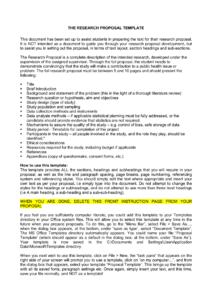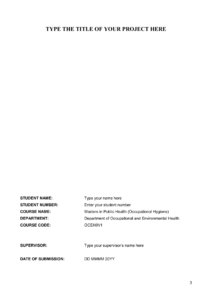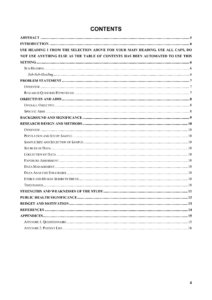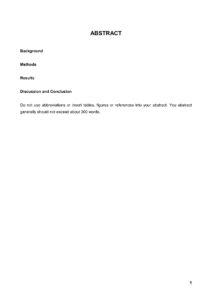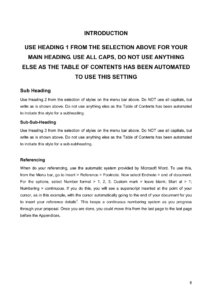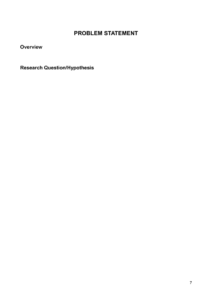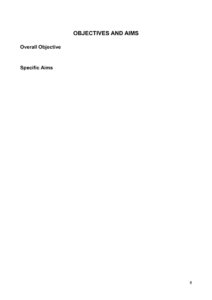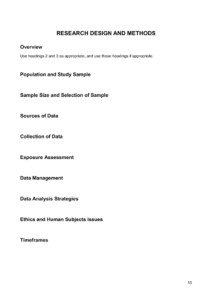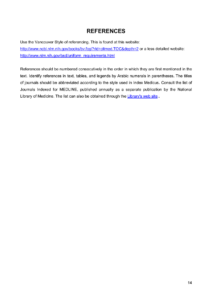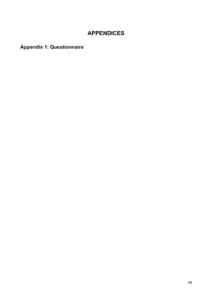Toll-Free US & Canada 24/7:
1-770-659-7014
Complete Template for Research Proposal
Reliable Research Proposal Writing Service for College Students

Trustpilot

«Based on customer feedback»
How it Works
The process of buying essays is very simple!
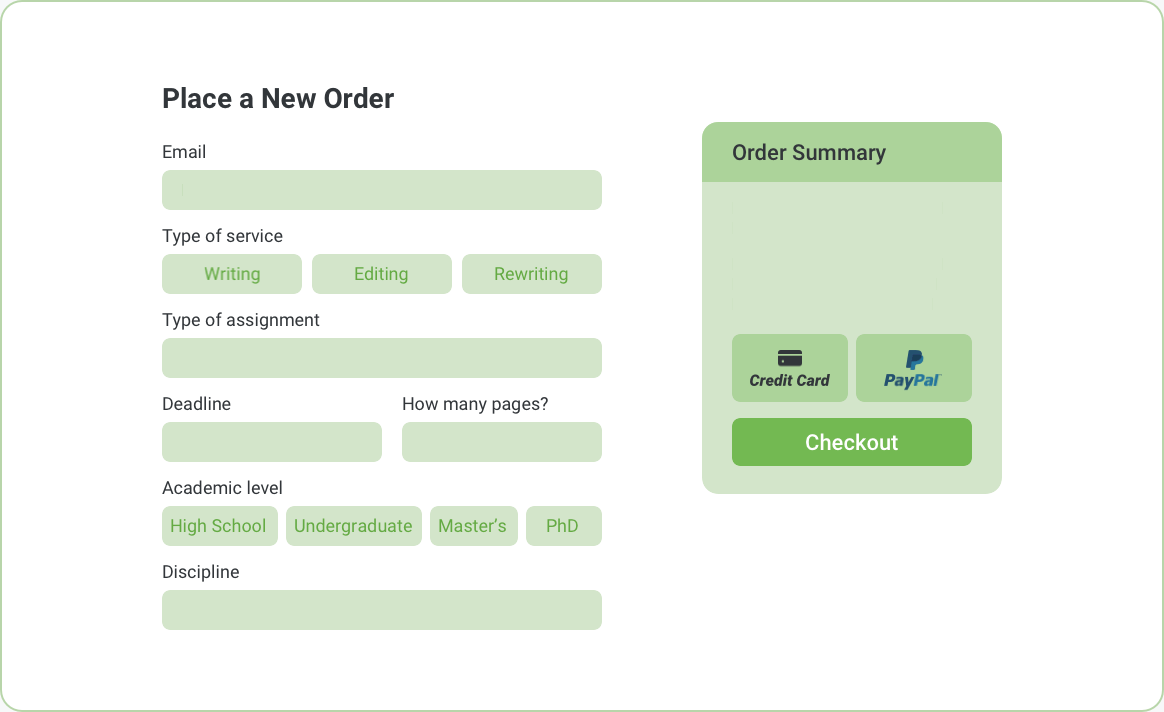
Fill out the simple form, specifying the needed type of work, number of pages, subject & deadline. Then, add instructions and pay for essay writing service securely online.
Go to your customer area (login details are provided in the order confirmation email), where you can track the work's progress and communicate directly with the assigned writer.
You’ll be notified once your essay is written and verified by our QAD, who double-checks originality & instruction compliance. Then, download the paper from your customer account.
Meet our certified essay writers
We are responsible for choosing essay writers. We hire only the best after a rigorous five-step selection process. This ensures that each expert here has a verified MS/PhD earned from one of the top US institutions and possesses a high level of field knowledge and understanding of the intricacies of essay writing requirements. Plus, they are all native speakers working with us full-time.
Our Free Features
We do our best to ensure that you have a great experience with us, and this includes some essay service freebies you can enjoy.
Get the most of these features for $75 Free!
Get a Price Estimate
Any template provides a framework for future work. It is a roadmap of activities, which makes work easier. For the same token, a template of a research proposal is essentially a plan of research work – the WHAT, HOW, and WHEN of research paper writing.
Below, we give the most complete template for a research paper and provide useful advice on how to start writing a research proposal using the technique of outlining.
What is a research proposal template?
Think of a template as a format for your research proposal. It’s a pre-designed structure of your proposal, including all the critical elements. It helps you as an author to write your proposal, and it also helps the readers to assess your work by effectively comparing it to other similar works.
The goal of a template of a research proposal is to streamline and standardize our application to the grant-issuing organization. Just imagine thousands of grant seekers submitting their proposals all in different formats – it would be a real mess, making it hard to evaluate and rate the submitted content.
That’s exactly why grant-issuing organizations and institutions design and implement templates. They may give you a single research proposal template example, which would massively help you get started with your application paper.
If you want quick and professional help with your research proposal writing, consider trying Bookwormlab.com as your academic consultant and writing partner. They provide all sorts of academic services, including support with research proposals, and providing examples of some of the best research works ever written.
It is worth noting, though, that templates of research proposals may differ dramatically. Some may include only the general guidelines on the structure, while others might instruct you to use a particular referencing style, or page layout, such as margins, spaces, etc., often including font size and style.
A PhD research proposal template would almost certainly differ from a regular coursework research template. That said, unless you have a specific template in your assignment, you should be absolutely fine following our template outline of a research proposal given below.
How to make a research proposal outline template
Before writing a research proposal, consider making an outline – a sketch of your future research paper. A solid outline of a template of a research proposal consists of the following structural elements:
- Title. A title must reflect the topic of your future research work. Don’t make it too long and complicated – unless you are writing a dissertation or a thesis, long titles must be avoided at all costs.
- Introduction. About 10% of your research proposal’s volume should be devoted to this part. Include here the statement of your research problem (e.g., a gap in the existing knowledge), some context, background information, and the reason for conducting your research.
- Literature review. Depending on the length and complexity of the research work, it can be included in a research proposal as part of the introduction, or as a separate chapter.
- Expected contribution benefits. Here, one must describe the significance of their research work. Better given as a bullet list.
- Timeline. It is a description of all the research milestones with clear deadlines.
- Budget and resources. A critical part of every research proposal is the budget. Also, you may need other resources to support your research, e.g., people, materials, equipment, and transportation.
- References. Include all the sources used in your research proposal. A research proposal template APA, for example, will require the application of the APA citation and referencing style.
Research paper proposal template tips
Finally, we would like to give you some extra tips to enable you to take out the most from our template of a research proposal.
Tip #1. Align the proposal with the objectives of your research. Ensure the content, titles, headings, and subheadings reflect the research questions.
Tip #2. Mind feasibility. Always keep in mind the feasibility of your work. Is it realistic to achieve the goals you have set? Do your timeline and budget meet the requirements of the research objectives?
Tip #3. Openly discuss limitations. You cannot possibly answer every research question on Earth. So, address the limitations openly and honestly.
Tip #4. Avoid solid and excessive text. Instead, use subheadings and bullet lists whenever possible.
Tip #5. Provide enough detail. Don’t make a separate section just for the sake of its name. Only start a new chapter when you have something important to say and mention.
Tip #6. Customize and modify the template. Our template is just a guideline; you are welcome to adjust its structure to suit your proposal’s requirements. Modify separate parts to fit your research goals.






